A hands-on test with Apple's Fusion Drive inside the new Mac mini has found that the hybrid hard drive, with both solid-state flash memory and a traditional spinning hard drive, offers a significant performance boost.
Apple aims to offer the best of both worlds with Fusion Drive, available in the new Mac mini and iMac models. It offers the speed of a solid-state drive, while also enhancing capacity by including a slower but more spacious 5400-rpm spinning hard drive.
Techfast Lunch&Dinner got their hands on a 2012 Mac mini with Fusion Drive and put the hybrid hard drive through its paces to see how it stacks up against another 2012 model featuring just a standard 5400-rpm drive. Their tests found the Fusion Drive Mac mini started in just 15.7 seconds, while the 2012 Mac mini with a traditional hard drive took 34.1 seconds to start.
Major improvements were also found in a disk speed test, which revealed the Fusion Drive can achieve write speeds of more than 300 megabytes per second, and write speeds exceeding 400 megabytes per second. In comparison, the Mac mini with 5400-rpm drive couldn't exceed 100 megabytes per second on either the read or write test.
Fusion Drive was unveiled by Apple last month and is an upgrade option in the company's latest Mac minis and iMacs. Apple has said the feature offers nearly the same performance as a solid-state drive, but also allows considerably more storage at a lower price point.
Apple's Fusion Drives feature 128 gigabytes of flash storage paired with either a 1-terabyte or 3-terabyte 5400-rpm hard drive. Apple's OS X 10.8 Mountain Lion operating system calculates which files and applications are used the most and automatically places them on the faster solid-state drive, while less frequently accessed software remains stored on the spinning drive.
Core applications and the operating system are permanently stored and accessed from the flash memory, while the leftover space is used for those frequently accessed files, folders or programs. File transfers between the drives take place in the background dynamically, so the system is seamless and unobtrusive to the user.
Apple marketing chief Phil Schiller last month compared the Fusion Drive to a baseline 1TB 7200 RPM HDD. He said the Fusion drive performs an Aperture photo import 3.5 times faster, a file copy of a 4GB folder 3.5 times faster, and system boot 1.7 times faster.
Users can also create their own unofficial Fusion Drives and gain support from Mountain Lion, one developer recently discovered. Patrick Stein was able to build a hybrid drive compatible with Apple's new storage technology, proving the technology can be used with Macs that don't come preconfigured to take advantage of the functionality in Mountain Lion.
 Sam Oliver
Sam Oliver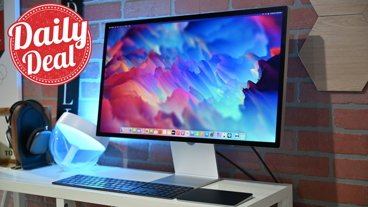
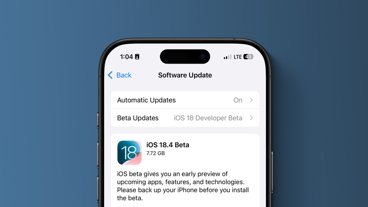


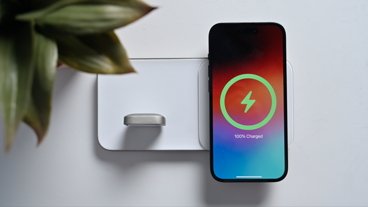
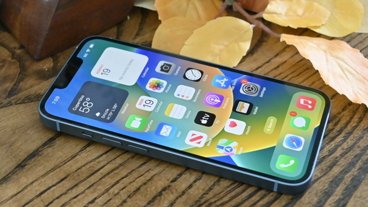

-m.jpg)





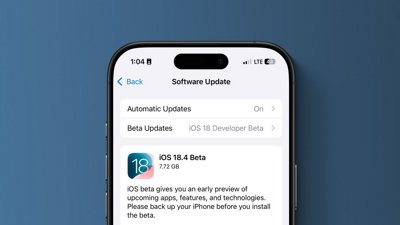
 Marko Zivkovic
Marko Zivkovic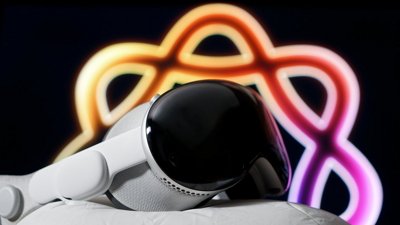
 Wesley Hilliard
Wesley Hilliard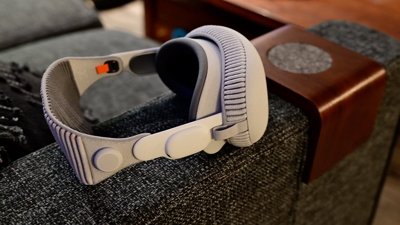
 Andrew Orr
Andrew Orr
 William Gallagher
William Gallagher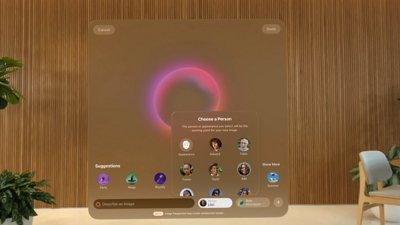
 Amber Neely
Amber Neely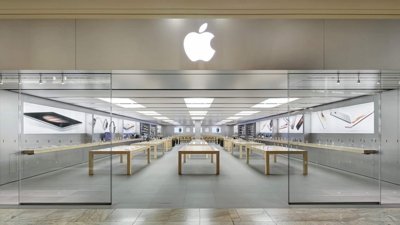
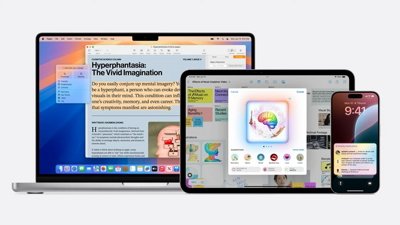
 Malcolm Owen
Malcolm Owen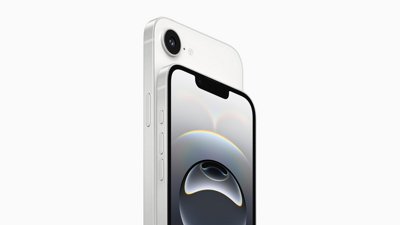
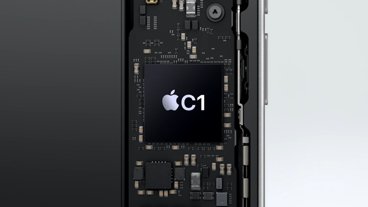

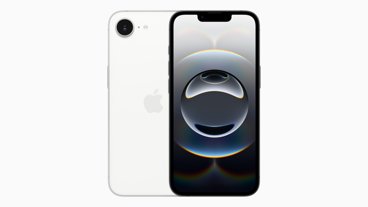
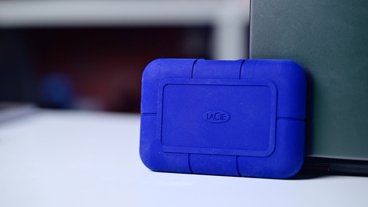

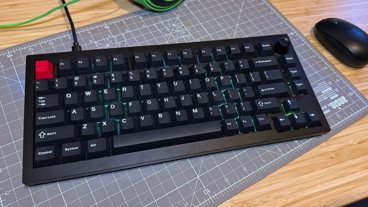


106 Comments
Yes, I just built mine on the 2010 13" MacBook Pro. Great!
Damn, why can't they stick a 7200 rpm drive in there? Oh yeah, they are only that fast up to 750 gigs.
..."Apple's Fusion Drive cuts Mac startup time in half, triples read/write *times*" Yes. Solid state drives take three times as long to read/write... I think you mean "speeds"...
File transfers between the drives take place in the background dynamically, so the system is steam less and unobtrusive to the user.[QUOTE]. [/QUOTE] "Steam less" or maybe "seamless?"
This is pathetic. Does AppleInsider have an editor? Maybe they should just hire writers who can write.